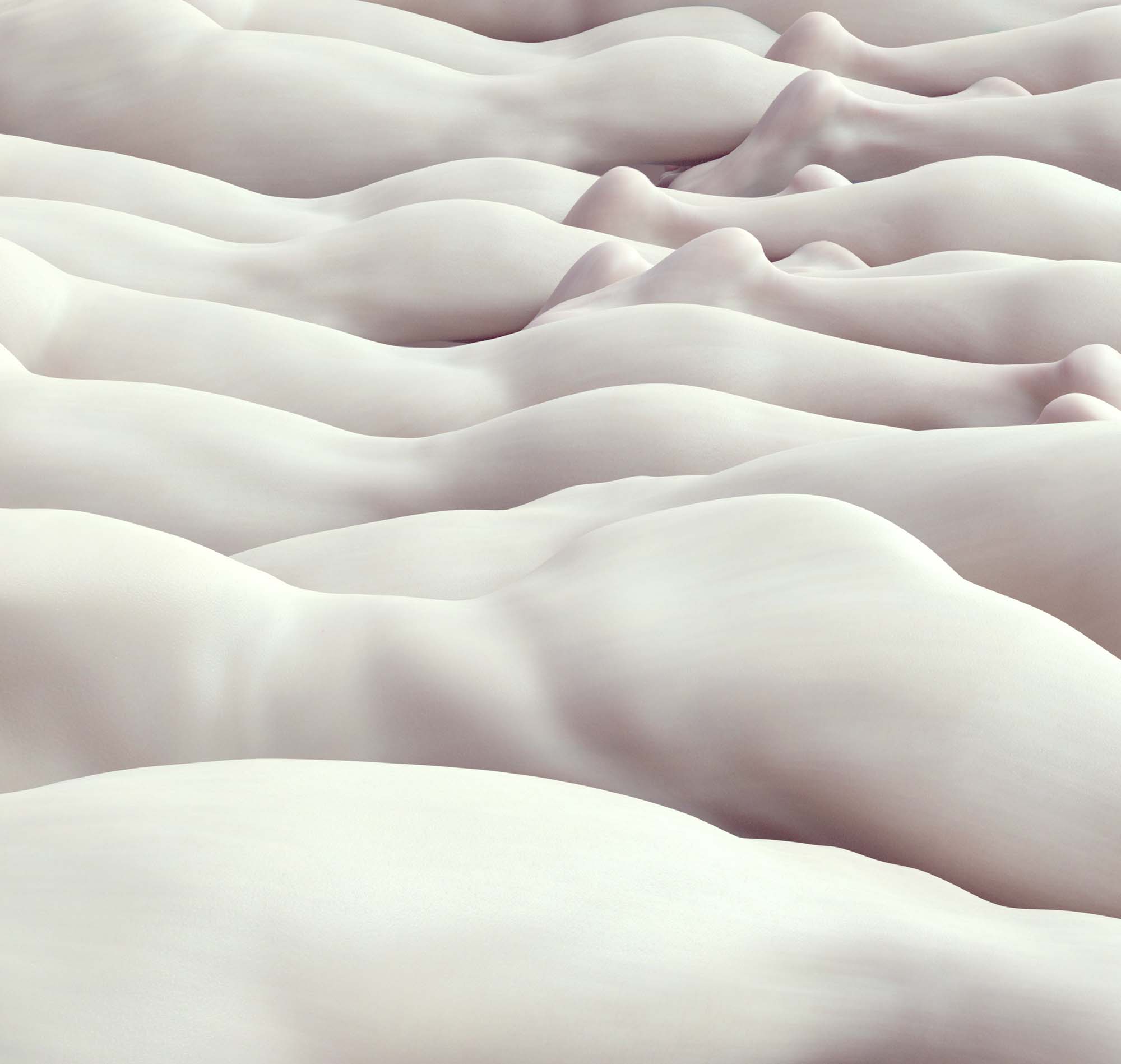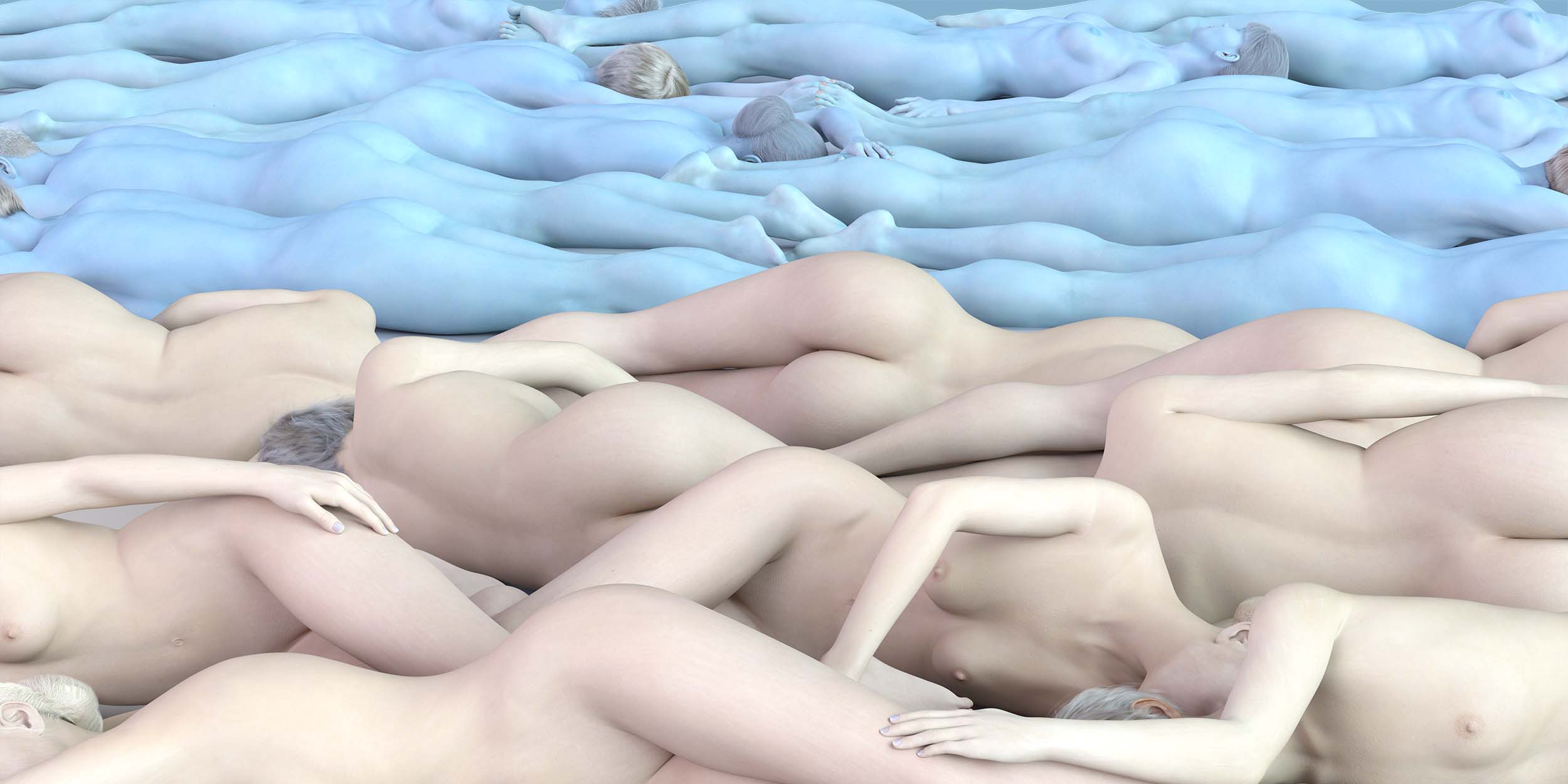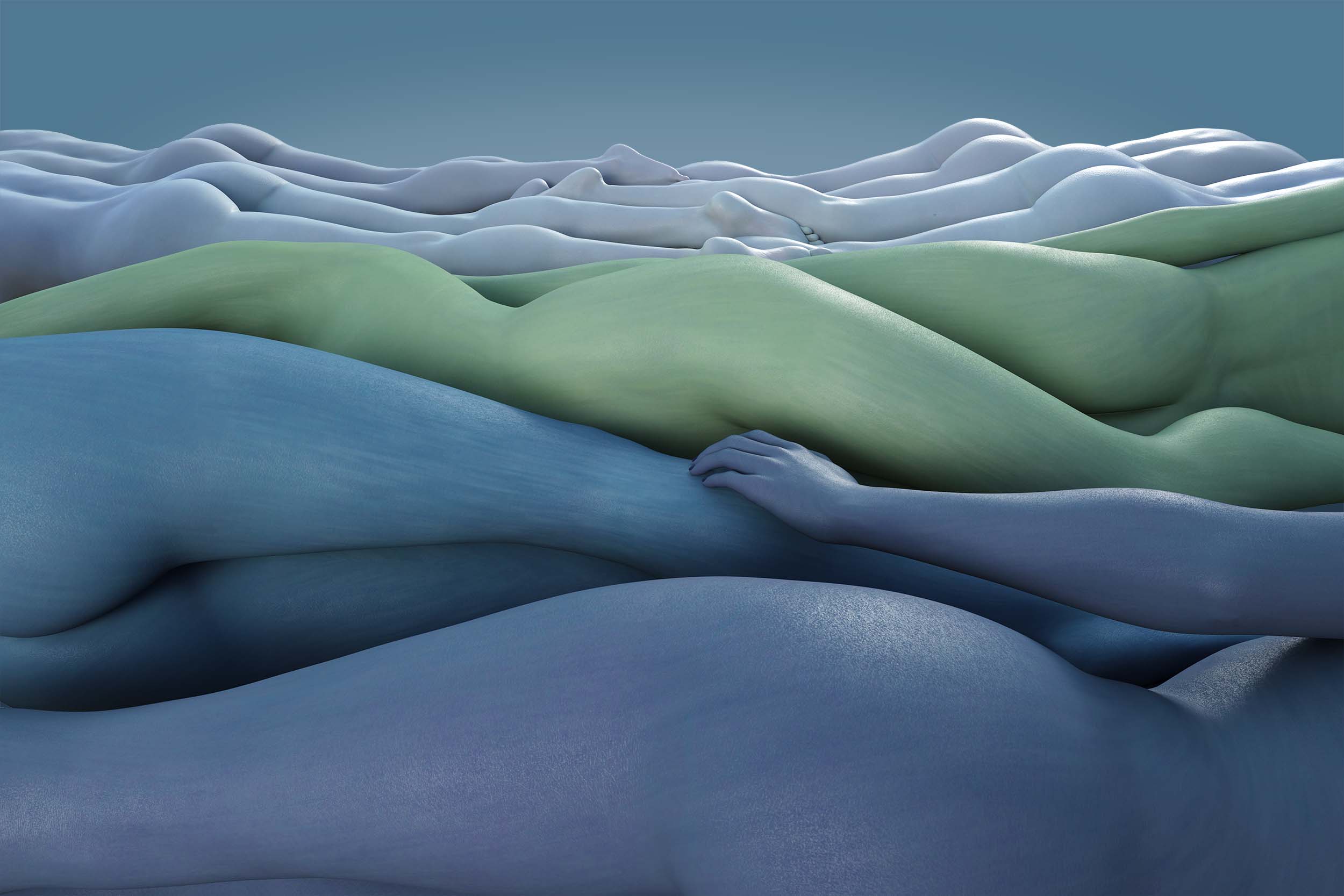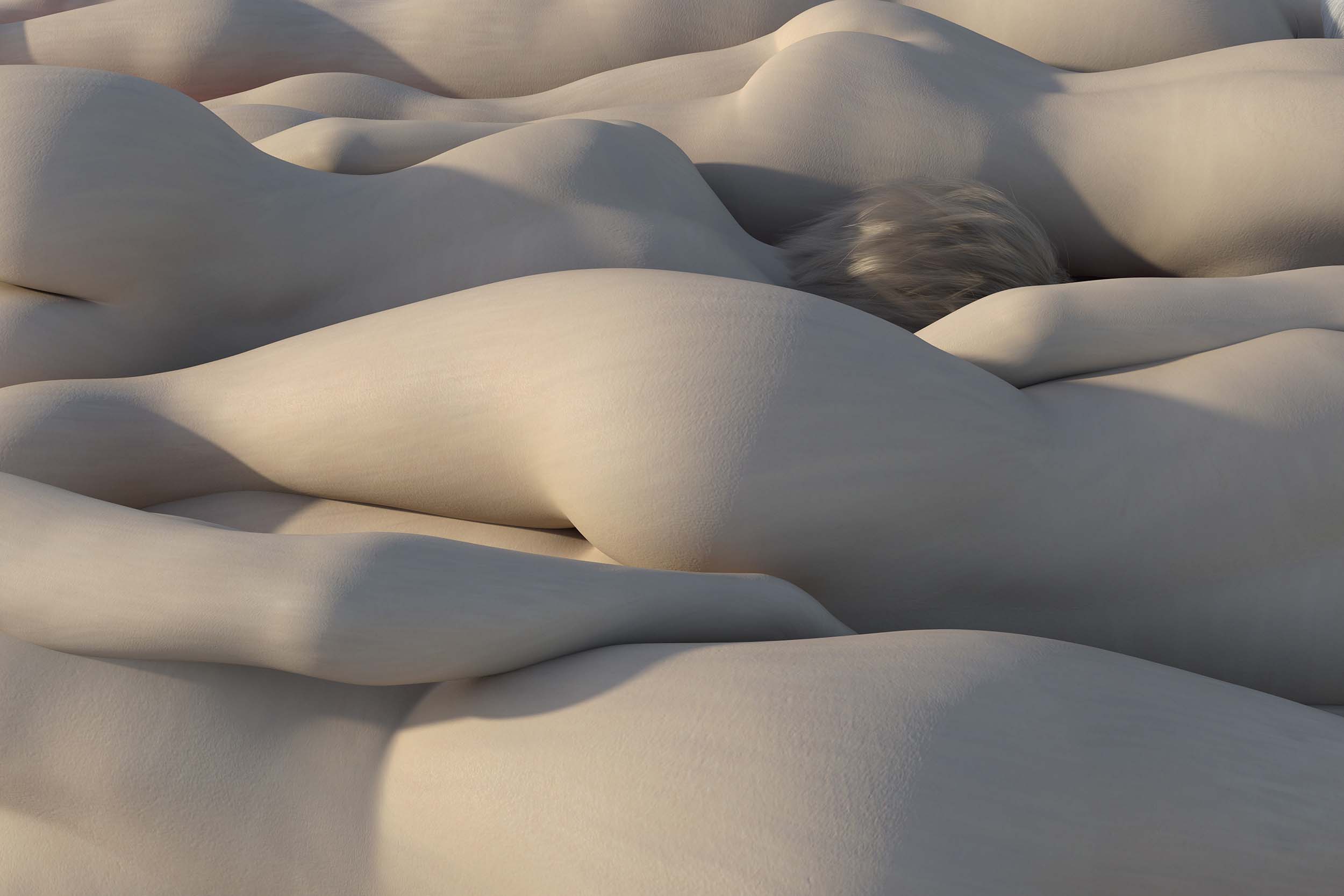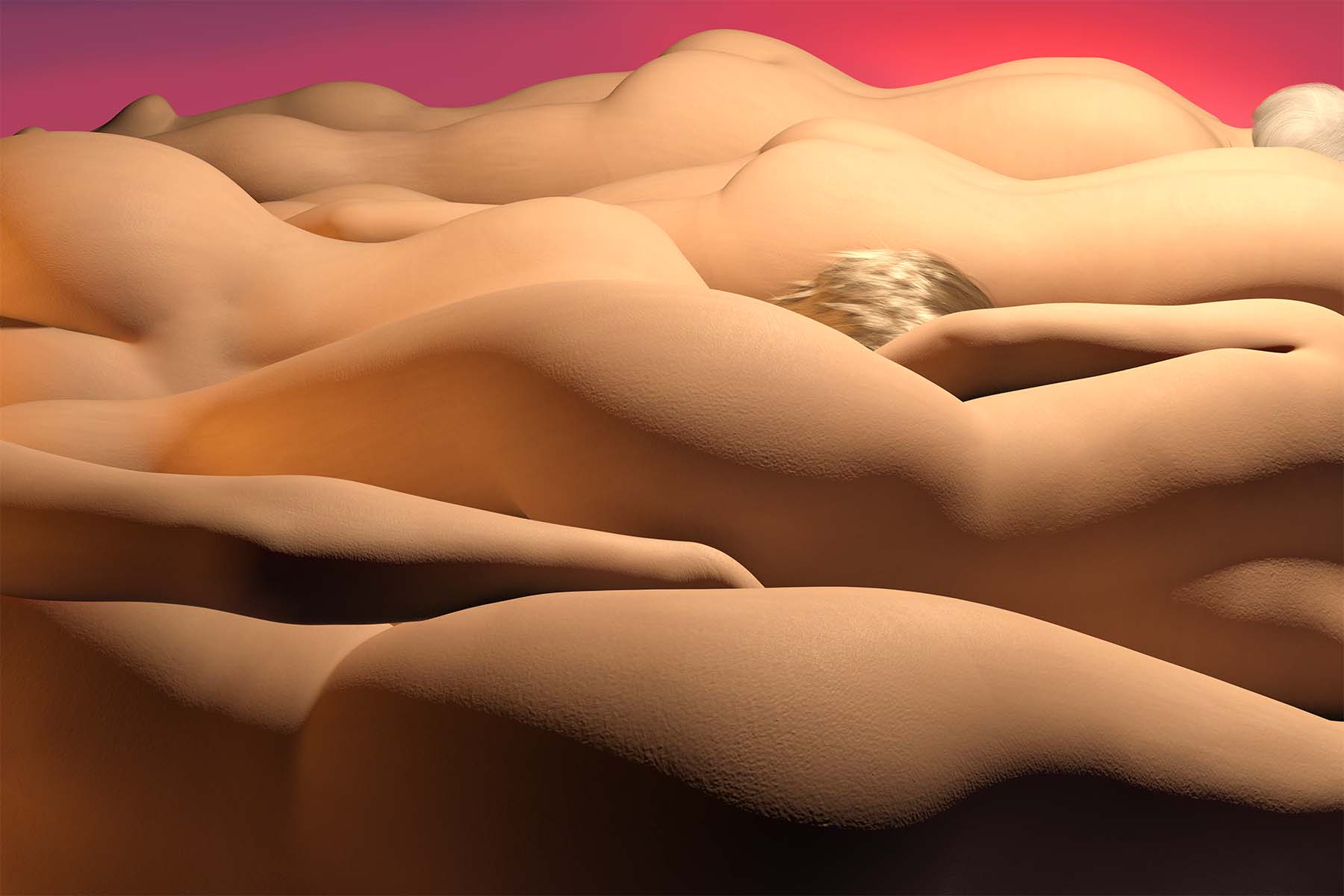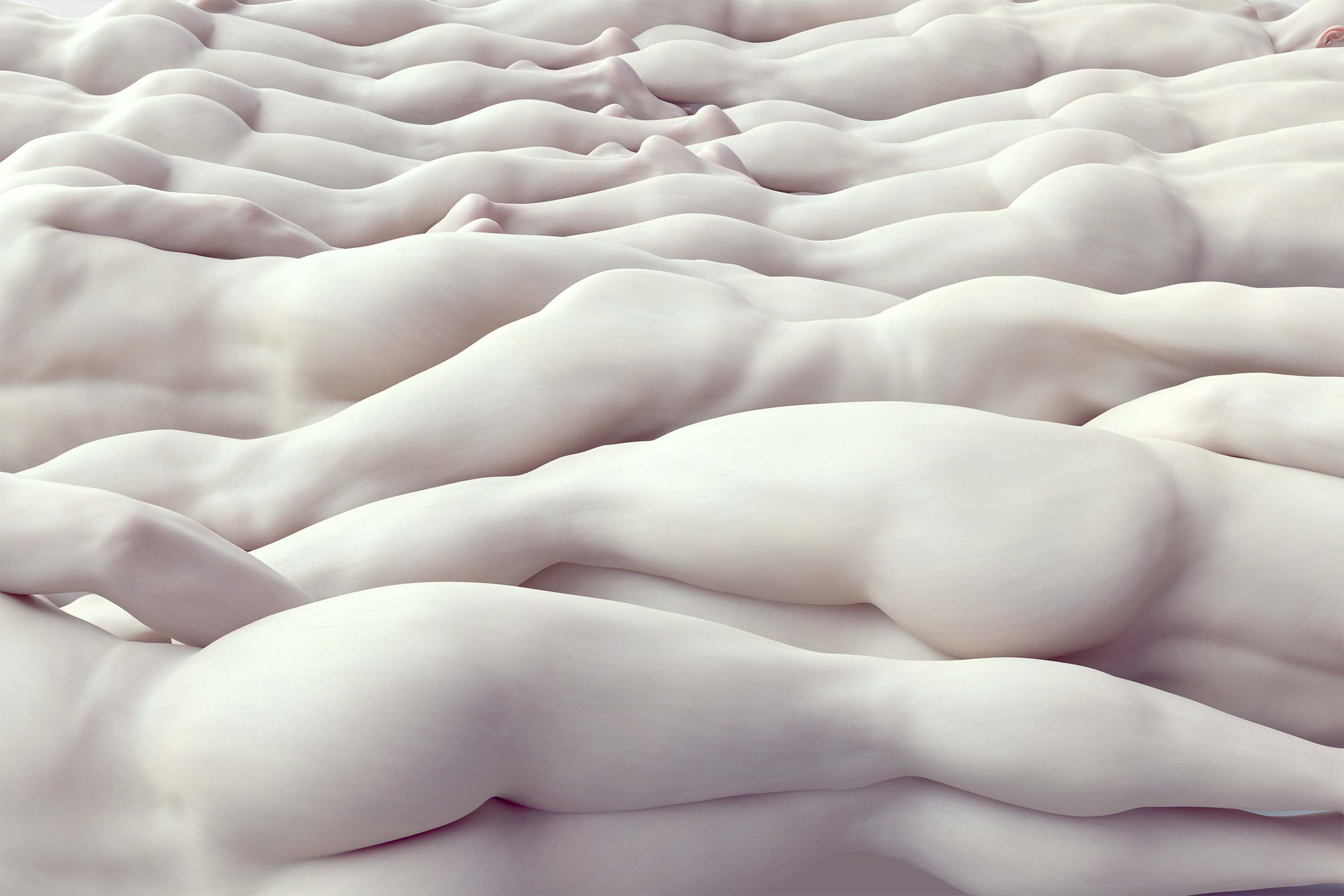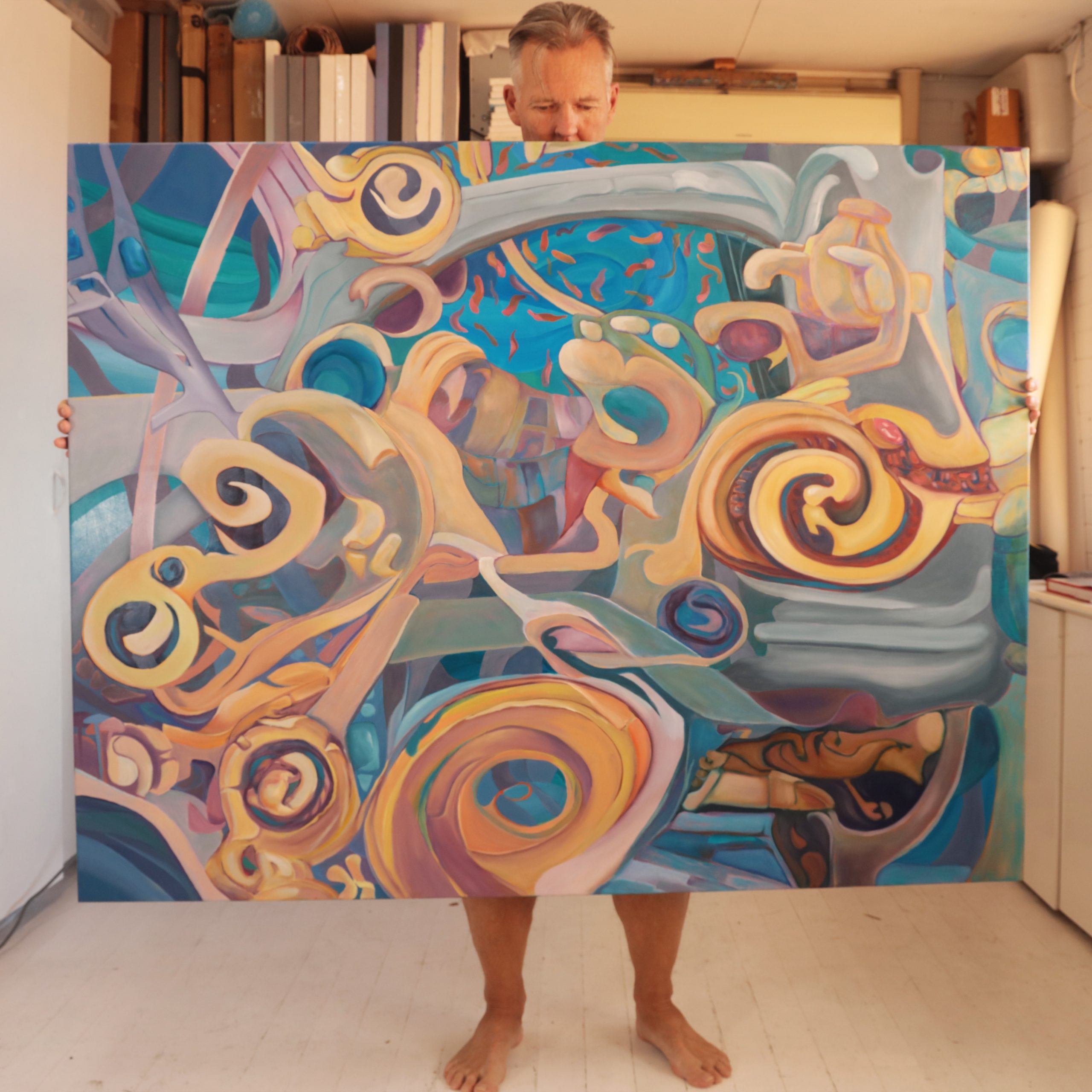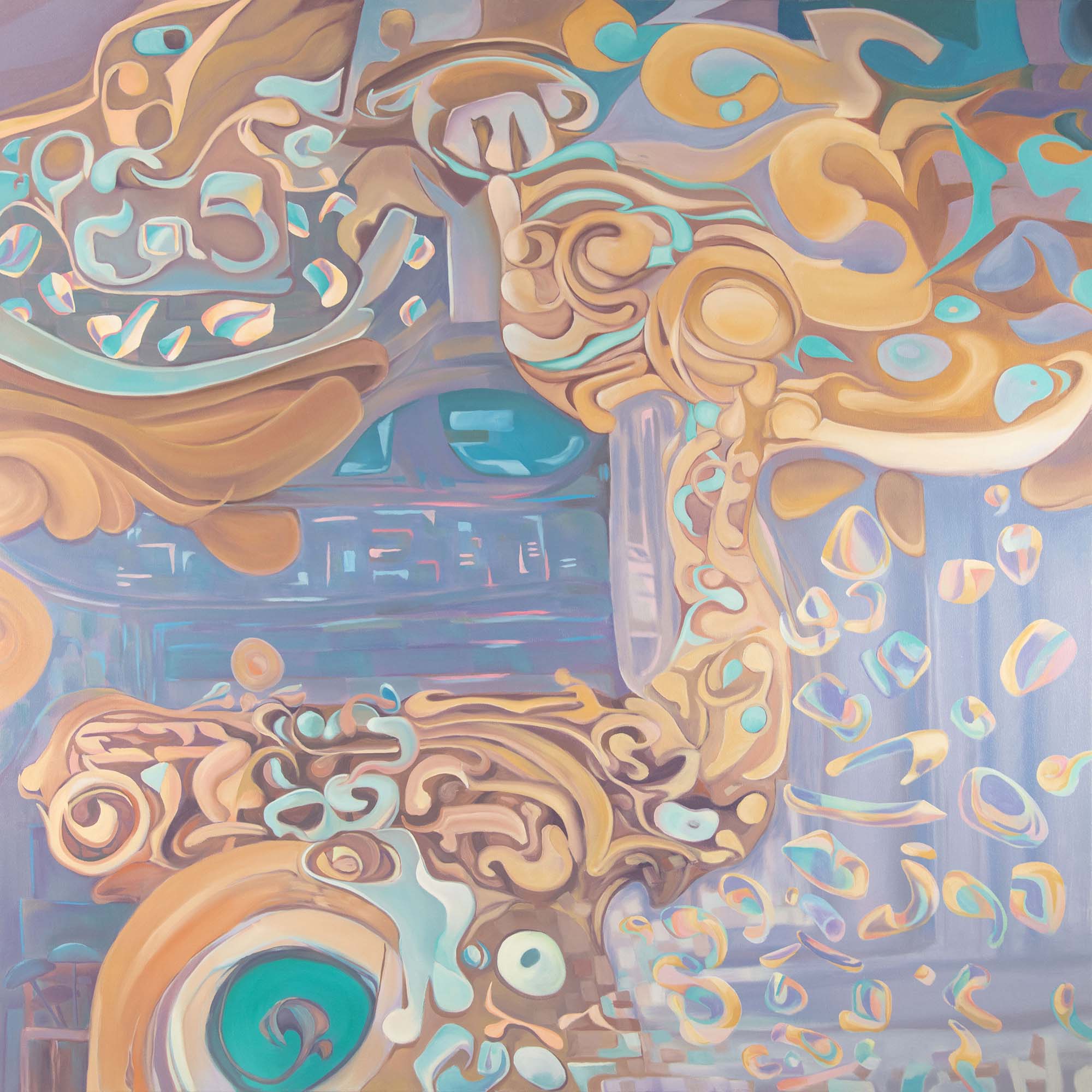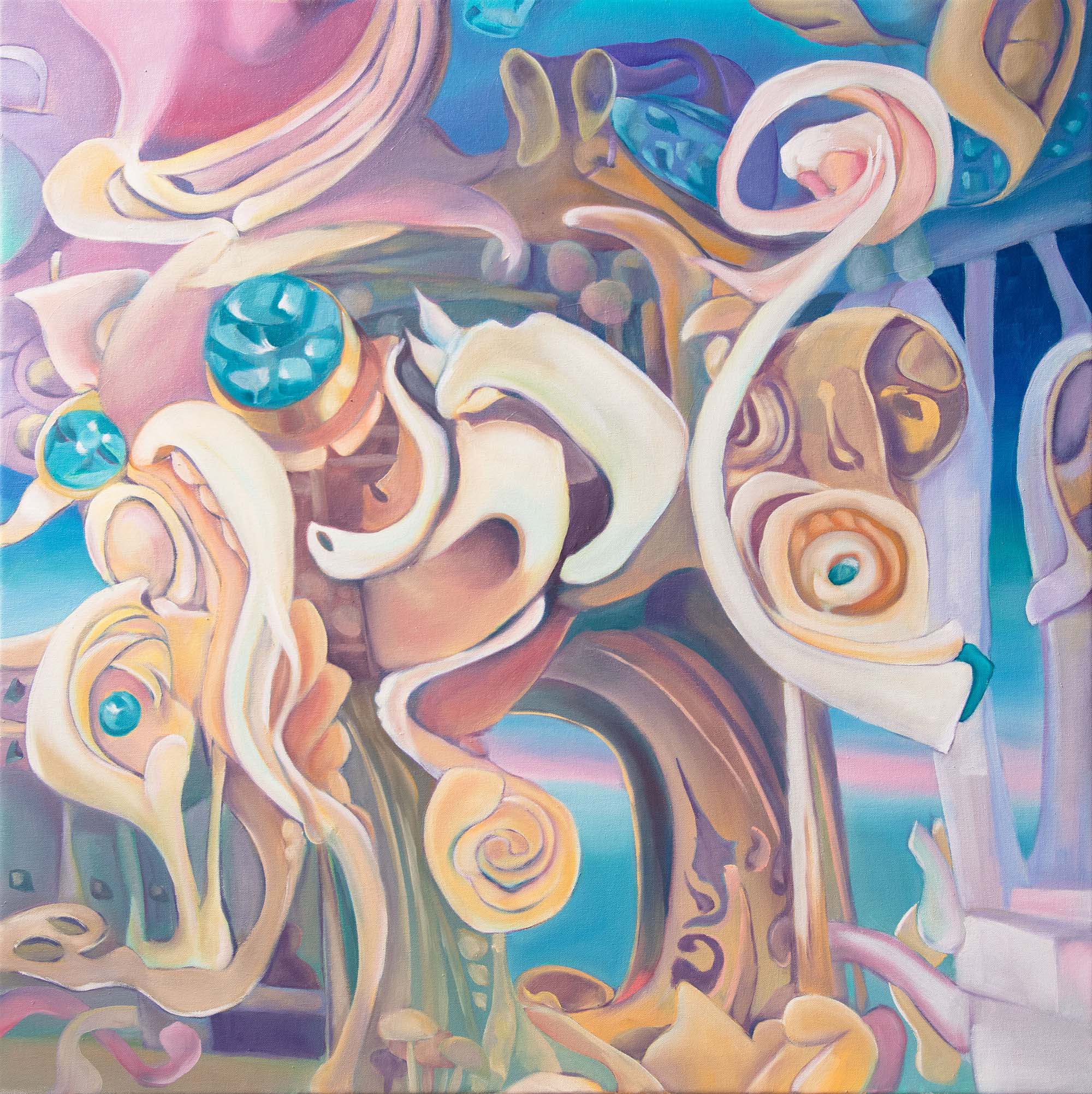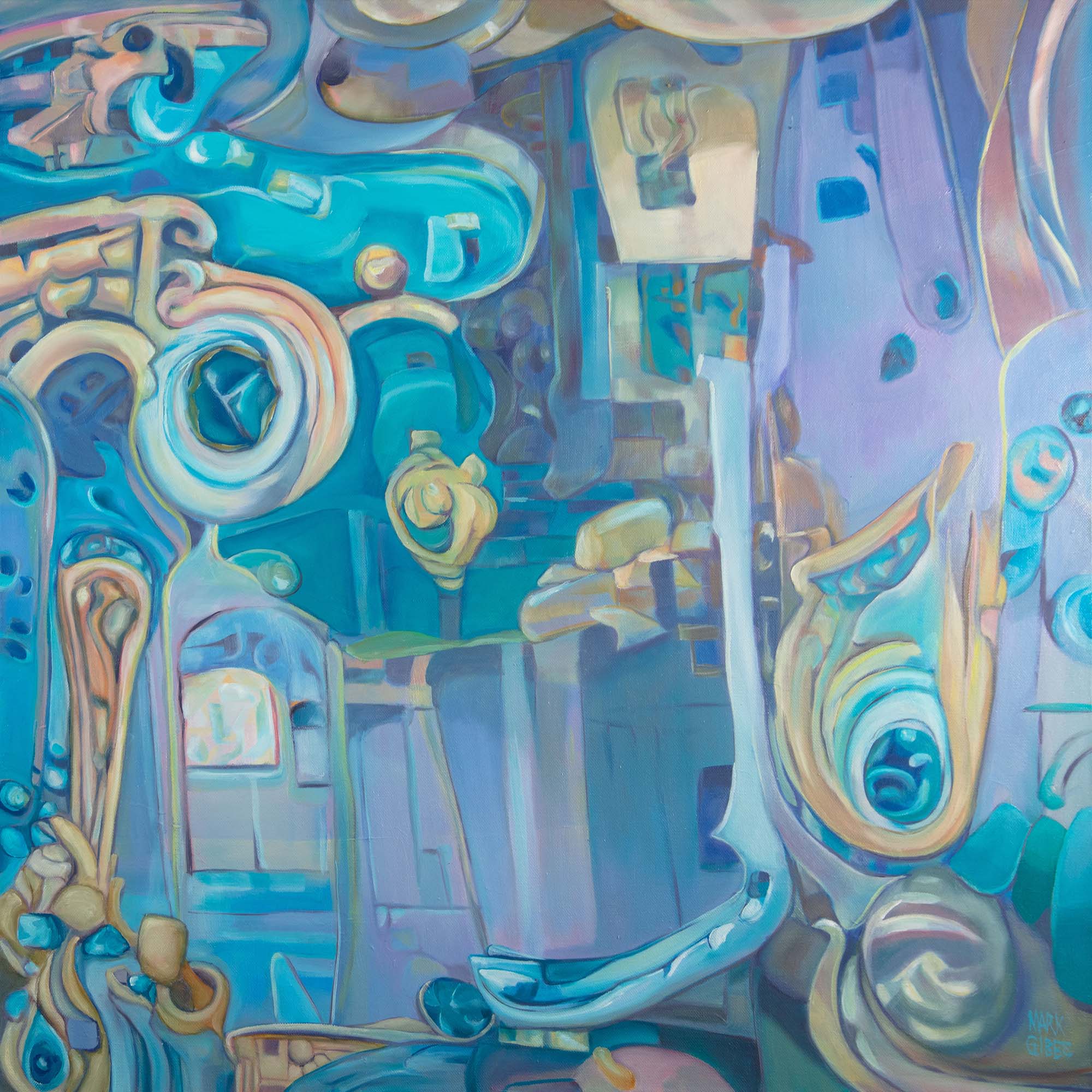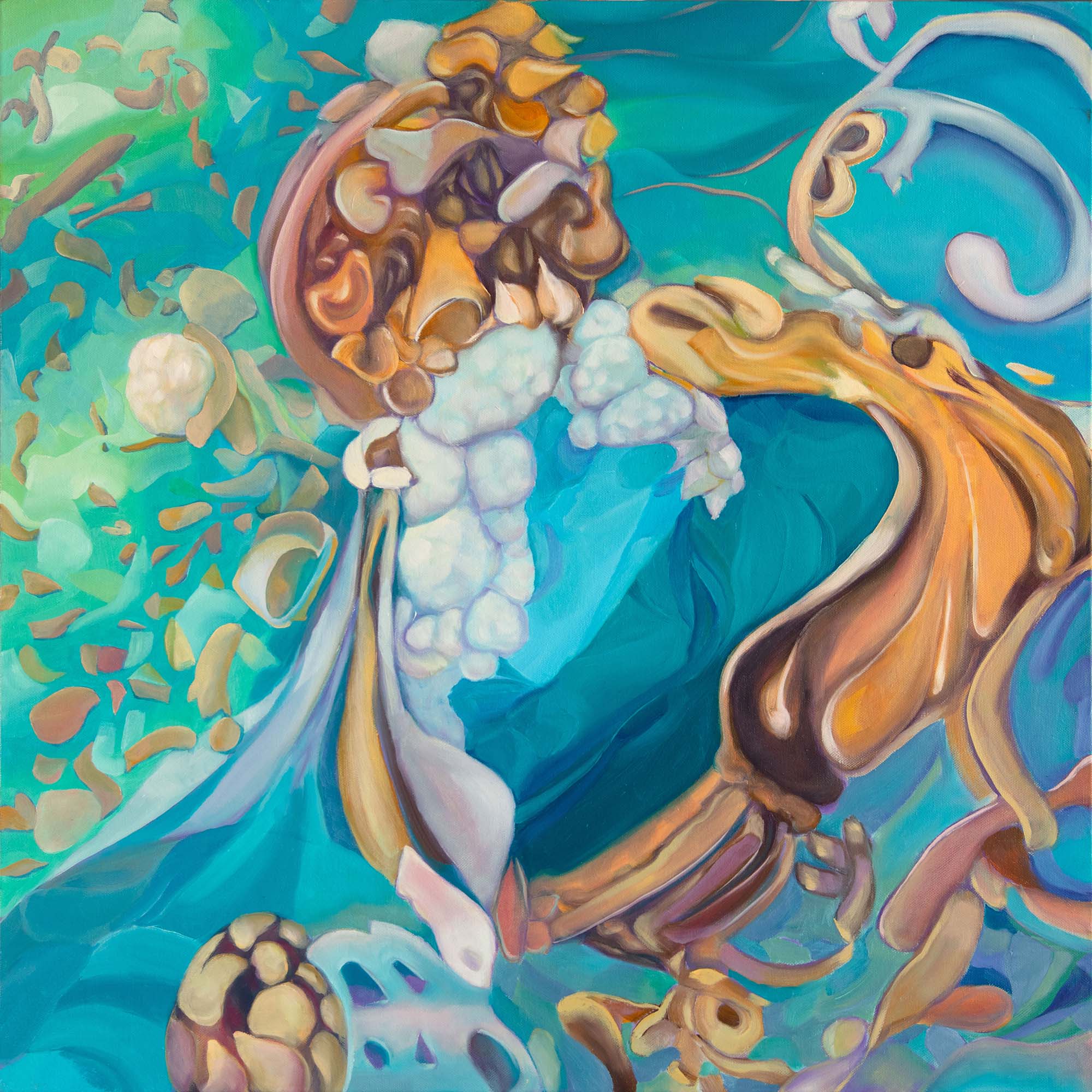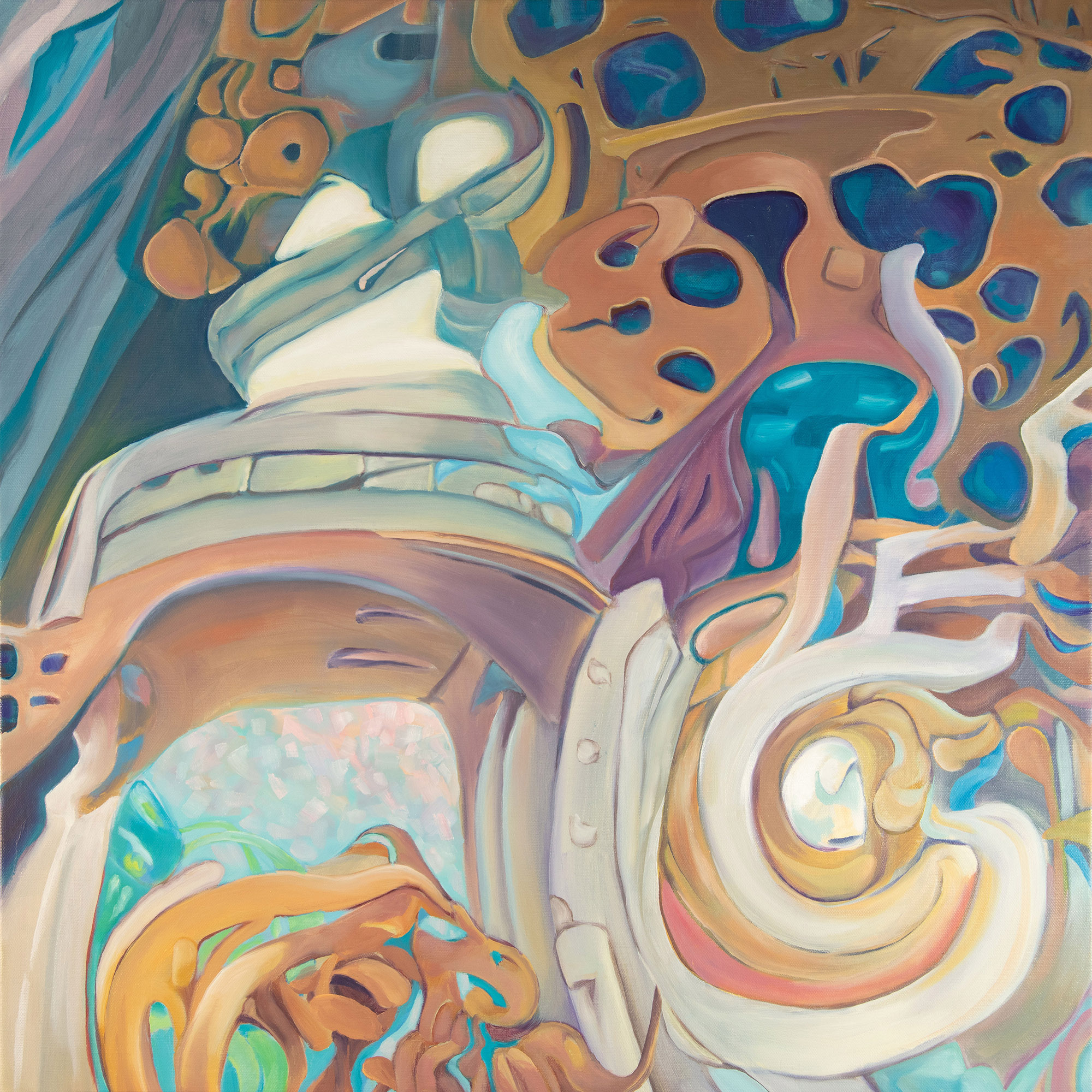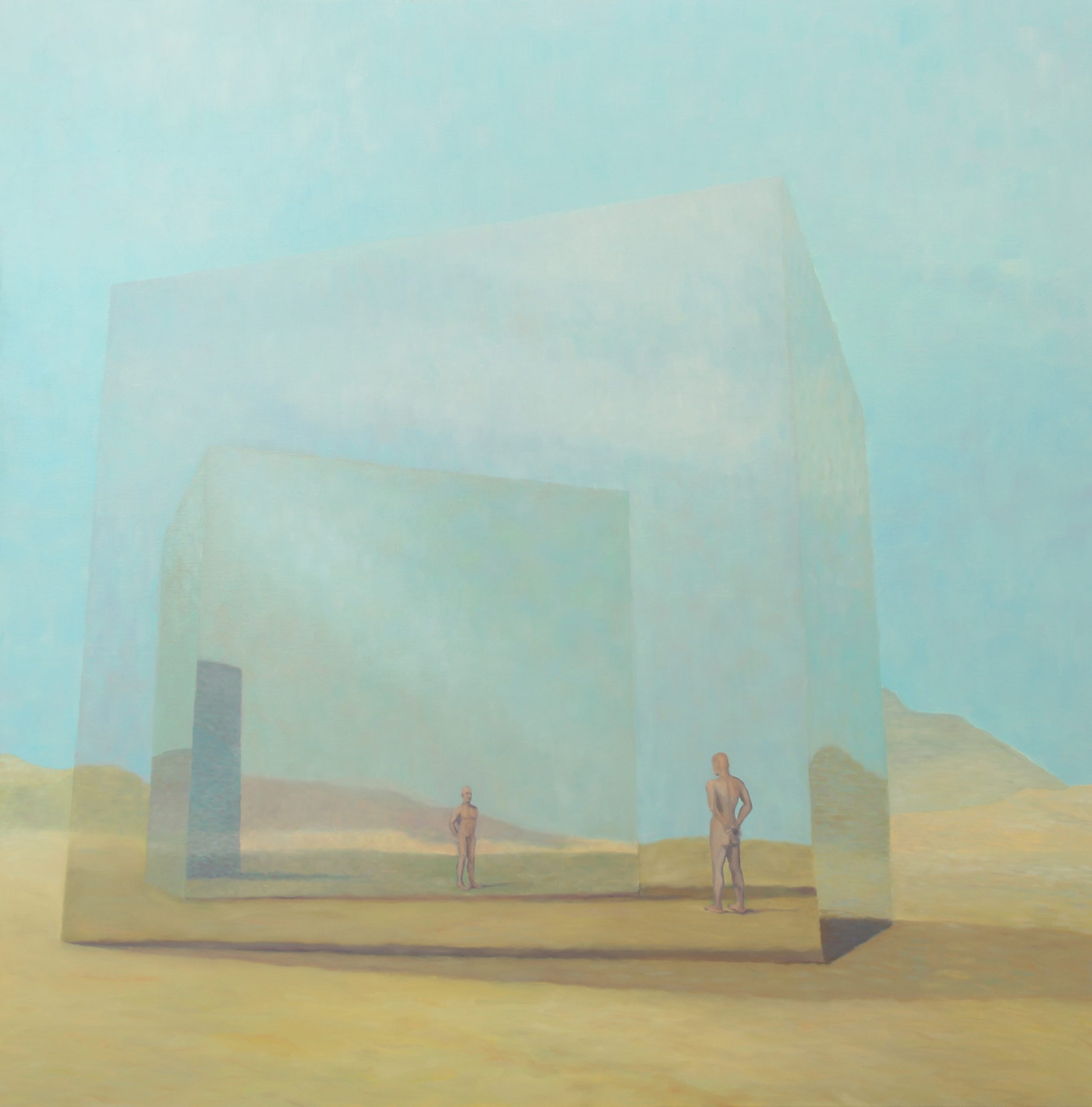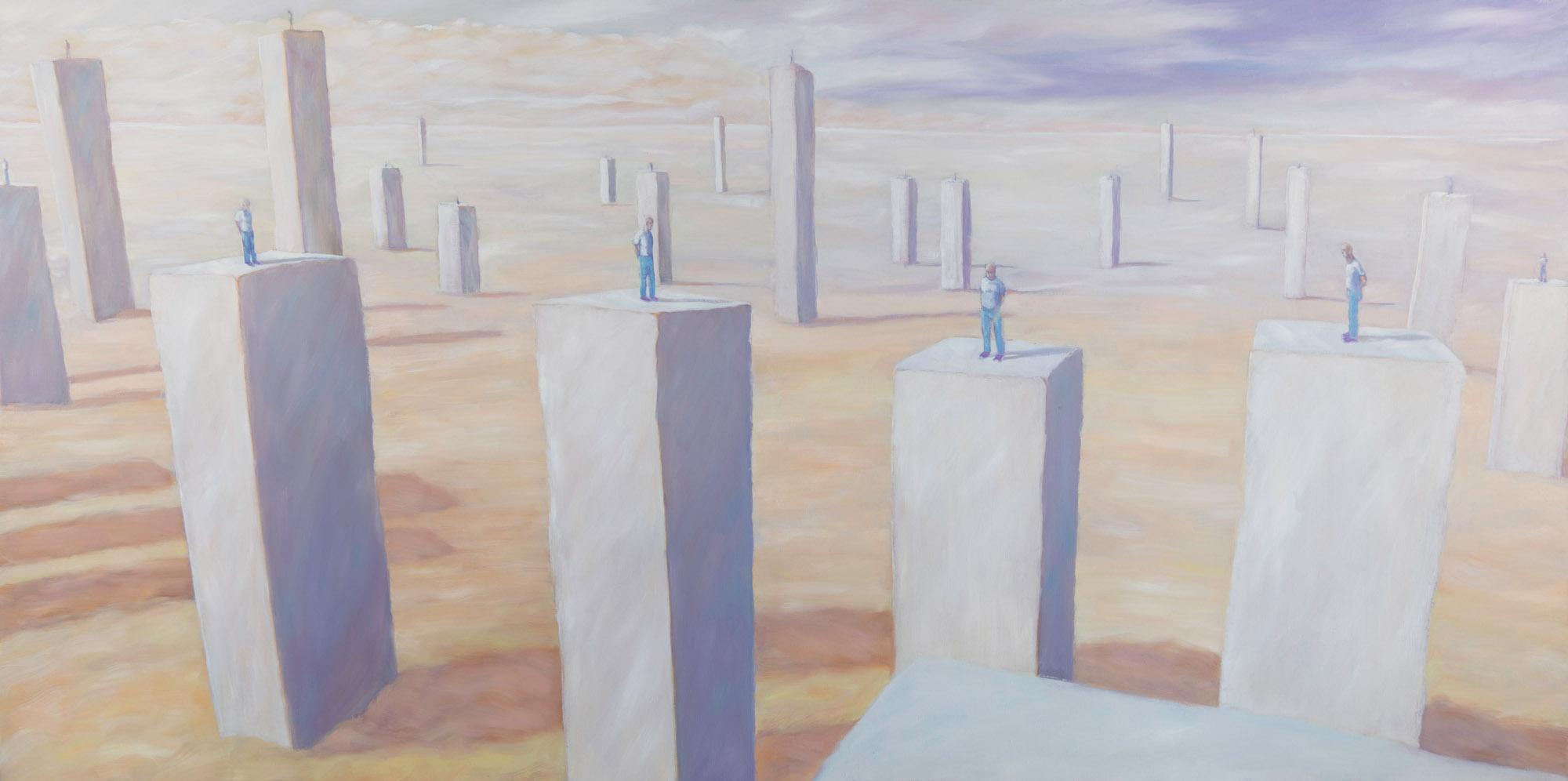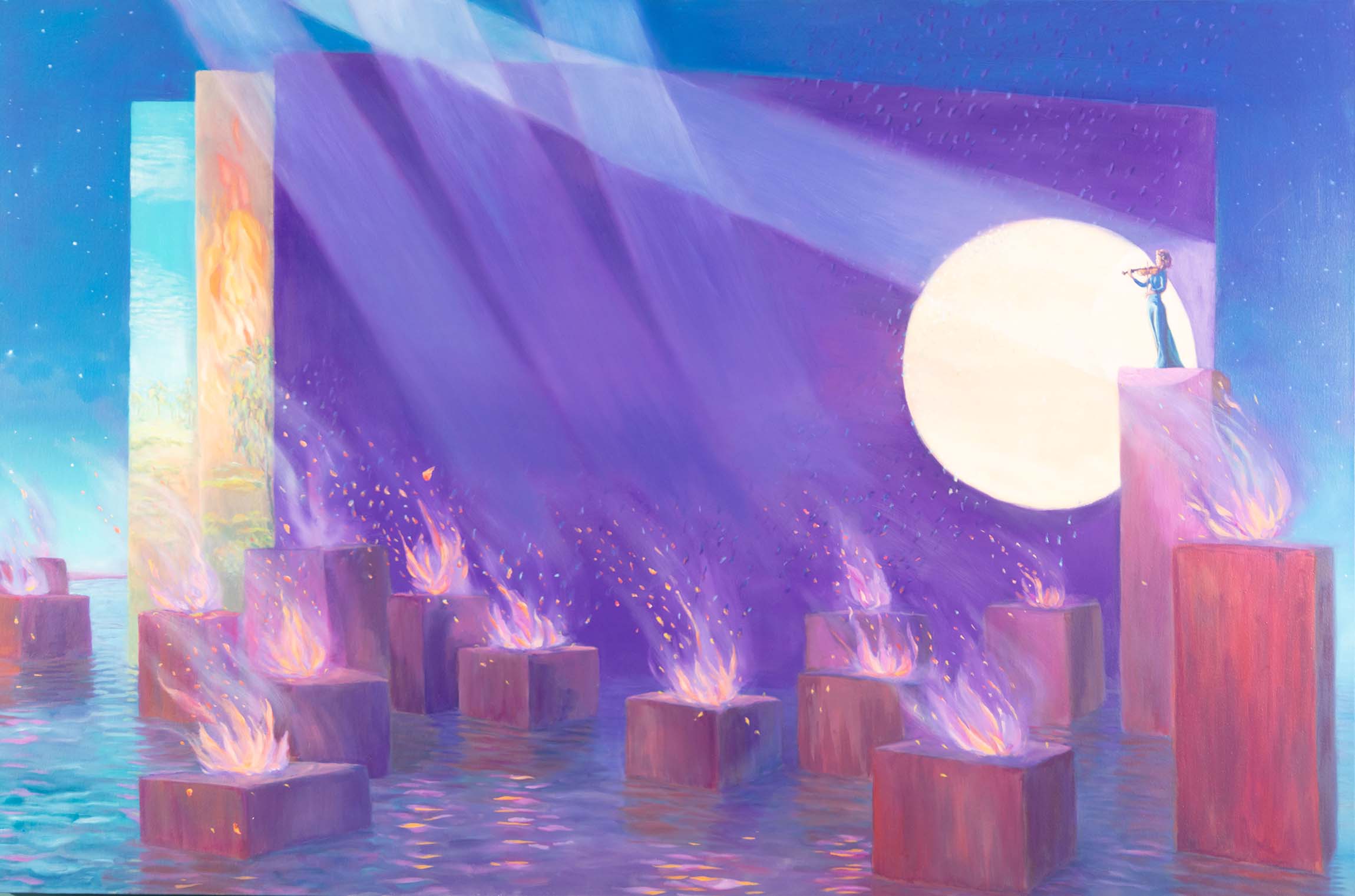Nudescapes
REALITY VERSUS THE VIRTUAL?
REALITY VERSUS THE VIRTUAL?
“We remove content that contains adult nudity”
Instagram community guidelines.
The beauty of the human form is often confused with sexuality, tainted by cultural unease and, ironically, misrepresented as unnatural.
So I have clothed my nudes in body paint and positioned them to construct landscapes or seascapes which we find evocative and perhaps even playful.
The Synaesthesia Series
IMAGINE YOU COULD SEE SOUNDS
What would music look like?
I have recently shifted my focus from painting surrealist landscapes to attempting to share my inner landscape, offering others an opportunity to share in my remarkable, alternative reality of experiencing synaesthesia.
The Quantum Series
SURREALIST SUB-ATOMIC REALITY
Surrealism inspired by the surreal world of quantum mechanics
I love finding out about the awe-invoking discoveries of our world that is science. The following series has resulted from my fascination with the truly weird world of sub-atomic particles, so I have shared the science behind my inspiration which can be viewed by tapping the buttons.
Meme Art
EXPLORING SOCIETAL THEMES
EXPLORING SOCIETAL THEMES
Are memes the new Pop Art?
This series incorporates a rare combination of media, including block printing and, stencil art which have been digitally assembled to create limited editions where each print incorporates a different combination of colours. Words and images have been combined to invite the viewer to ponder contemporary societal issues that fascinate me.
Each image is printed onto frameless metal panels. Only a limited number of images out of the extensive collections are shown here.
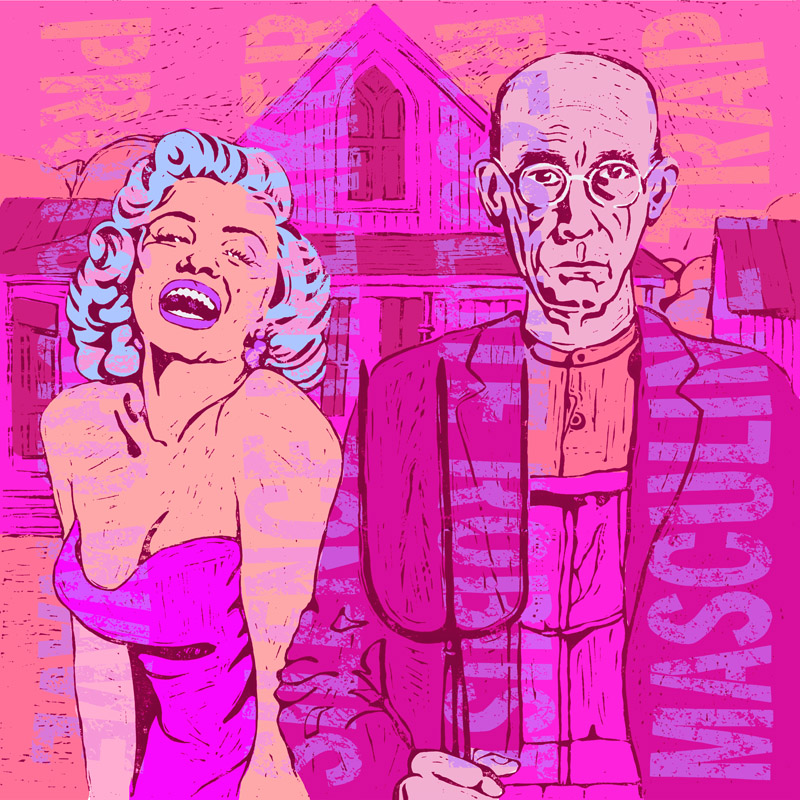
Silence Breaker 10/50
Digital Metal Print 60cm x 60cm.
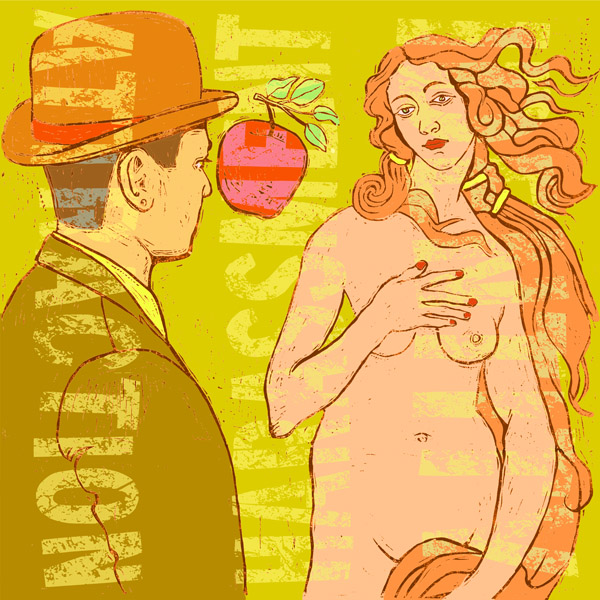
Attraction/Harassment 1/50
Digital Metal Print 60cm x 60cm.
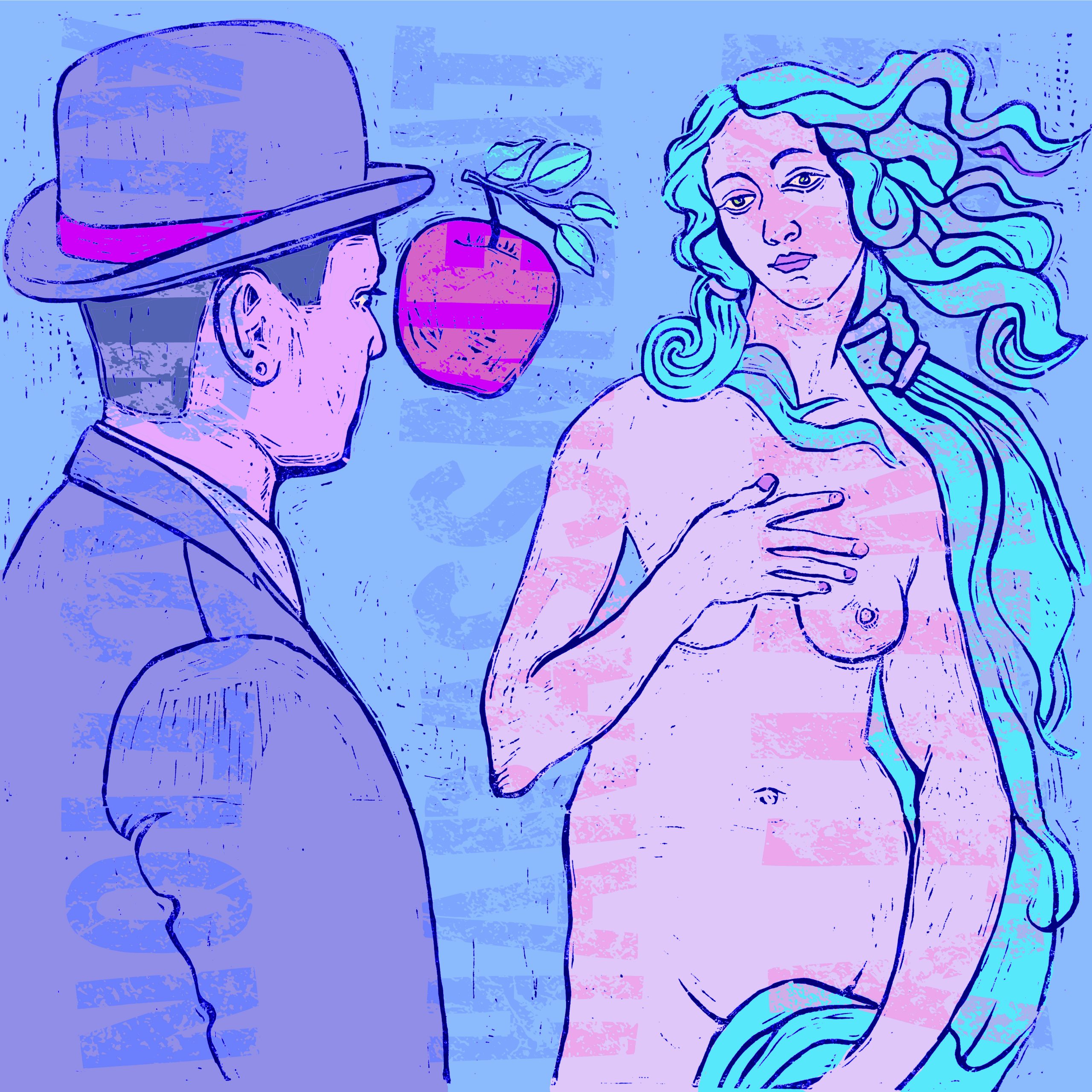
Attraction/Harassment 8/50
Digital Metal Print 60cm x 60cm.
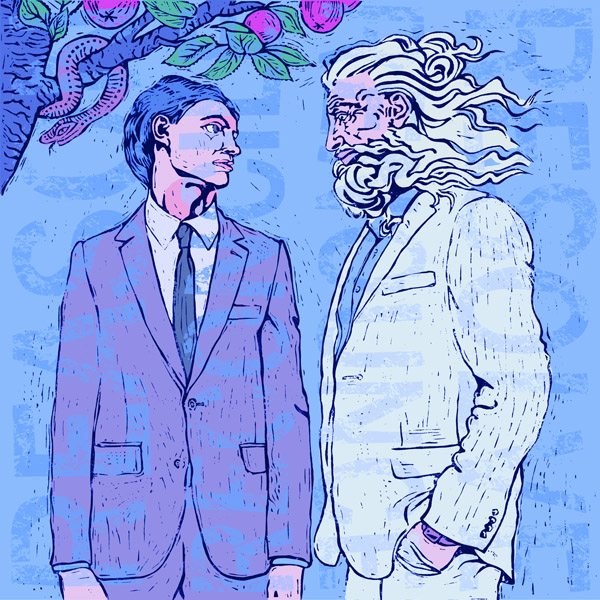
The Making of Adam 8/50
Digital Metal Print 60cm x 60cm.
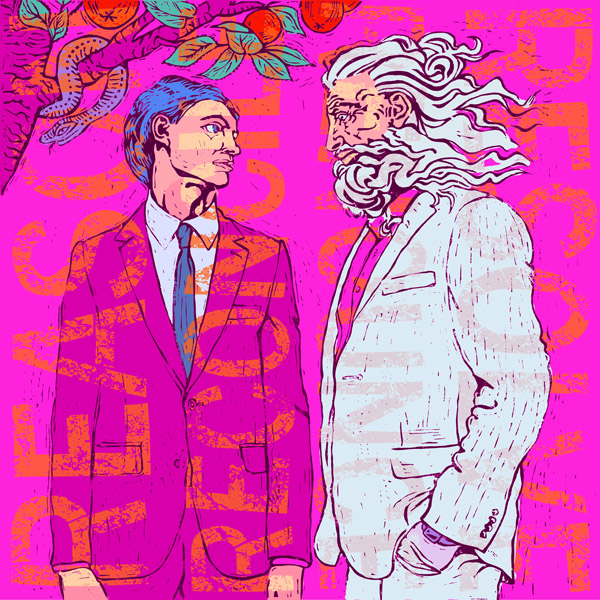
The Making of Adam 2/50
Digital Metal Print 60cm x 60cm.
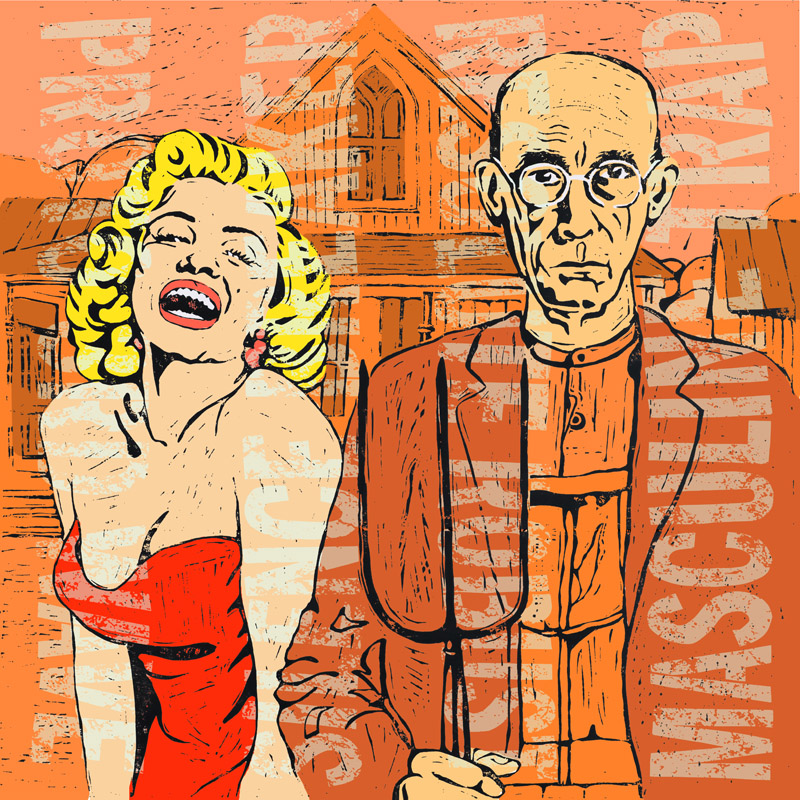
Silence Breaker 4/50
Digital Metal Print 60cm x 60cm.
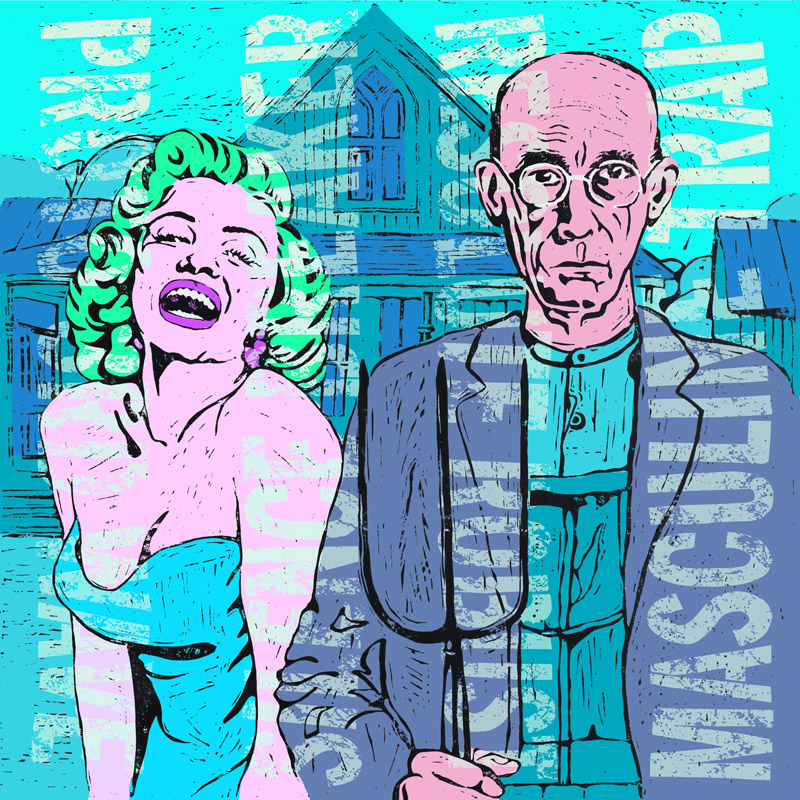
Silence Breaker 6/50
Digital Metal Print 60cm x 60cm.

Modern Madonna 5/50
Digital Metal Print 60cm x 60cm.

Modern Madonna 6/50
Digital Metal Print 60cm x 60cm.
About Mark Gibbs
Mark Gibbs is a professional visual artist now based in quirky West End, Brisbane, Australia.
He has also been a creative director, graphic designer, copywriter, retail owner, web developer, marketing consultant, board director and, once upon a time, stockbroker and currency trader.
As an artist he has been headlined in over ten significant exhibitions across Australia and included in numerous group shows over a period of 20 years.

